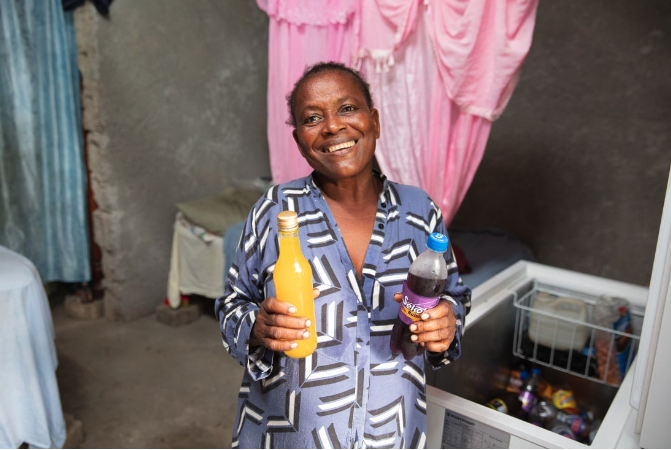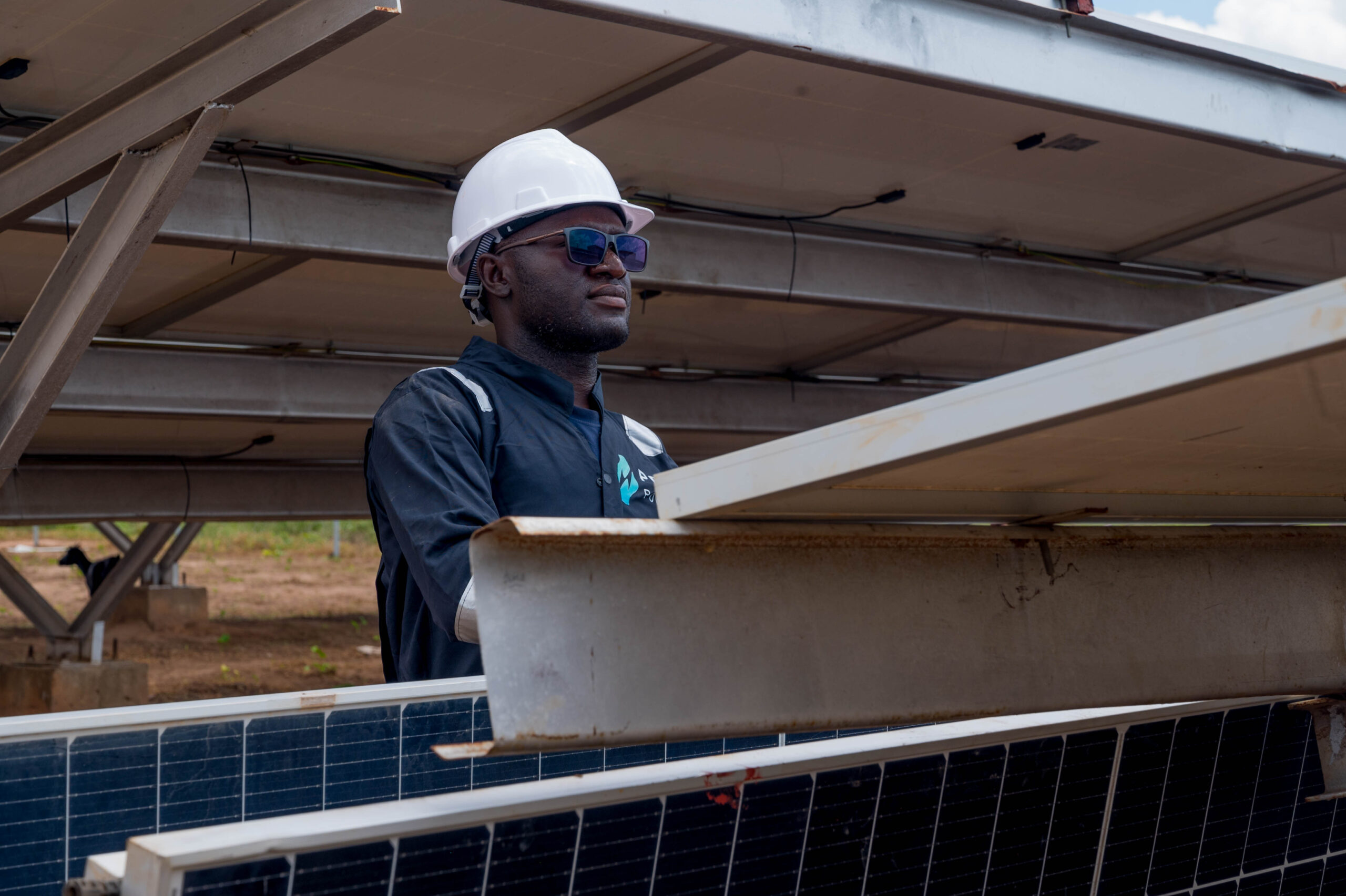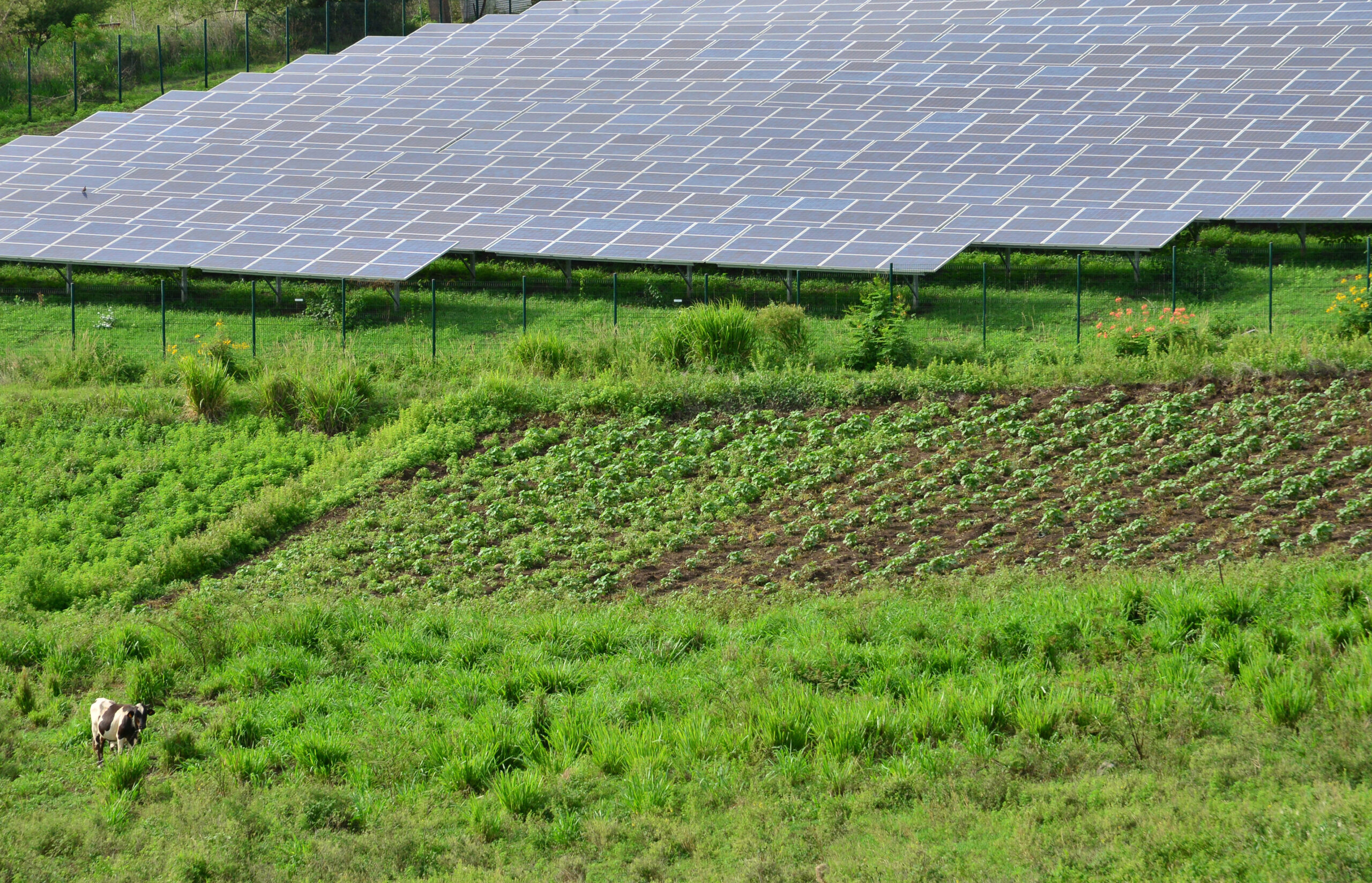Exploring women’s impact as catalysts for climate change solutions


Gender equity in STEM (Science, Technology, Engineering, and Mathematics) is not just a matter of social justice; it’s a prerequisite for effective climate action!
It is a widely recognized fact by now that climate change disproportionately affects women and girls, particularly in developing nations, where they face a higher likelihood of experiencing the adverse impacts of climate-related events like droughts and floods. For instance, women face a staggering 14-fold higher likelihood of fatality compared to men when exposed to events such as earthquakes, heat waves, and other natural disasters.
The gender gap that persists in women disproportionately bearing the brunt of climate change is also intrinsically linked to the gender gap prevalent in STEM fields. This connection is rooted in the fact that women’s meaningful participation in climate action is hindered by their underrepresentation in STEM sectors, particularly within ‘green jobs’ that play a pivotal role in developing innovative and sustainable technologies and policies crucial for mitigating and adapting to climate change.
In the renewable energy sector, women represent only 32% of the workforce, and just a mere 11% are founders of start-ups in the energy sector. These disparities contribute to a gender wage gap of approximately 31% within the industry, with women disproportionately concentrated in lower-paid administrative roles than in technical, managerial, and policy-making positions. With such limited representation in STEM sectors, women have less influence over the development of climate-resilient technologies and the formulation of policies that can address gender-specific vulnerabilities exacerbated by climate change.
Furthermore, numerous policies and initiatives aimed at addressing environmental concerns often neglect or unintentionally harm women and marginalized communities. By focusing solely on the reduction of carbon emissions, or having “carbon tunnel vision,” well-intentioned leaders tend to lose sight of the broader sustainability discourse, as well as the intricate overlap of environmental, social, and economic factors, with many acknowledging that insufficient efforts are being made to integrate social sustainability, diversity, and climate objectives effectively.
Therefore, by applying a gendered lens to climate action, stakeholders can not only tackle the issue of women’s heightened vulnerability to climate-induced disasters but also expedite advancements in both climate change mitigation and adaptation strategies. It doesn’t necessitate choosing between addressing these urgent challenges; instead, with the right approach, efforts to combat one can simultaneously drive progress in the other.
Empowering the next generation of women in STEM is the key to unlocking innovative climate solutions and ensuring a sustainable future that holds the potential for ground-breaking innovations and interdisciplinary collaborations. To shape this future, it’s essential for individuals, organizations, and policymakers to take action now. This includes supporting educational programs, such as Gender Advancement through Transforming Institutions (GATI) as initiated by The Department of Science and Technology (DST), that encourage girls to explore STEM subjects as well as ensuring that women have equal opportunities and representation in STEM fields. It also entails advocating for gender-inclusive policies and initiatives in climate action.
In conclusion, the future of gender equity in STEM is intrinsically linked to our capacity to address climate change effectively. By taking the necessary steps to further a gender-inclusive STEM workforce, we pave the way for a future where diversity fuels our collective resilience and innovation in the face of our planet’s most pressing challenges.



